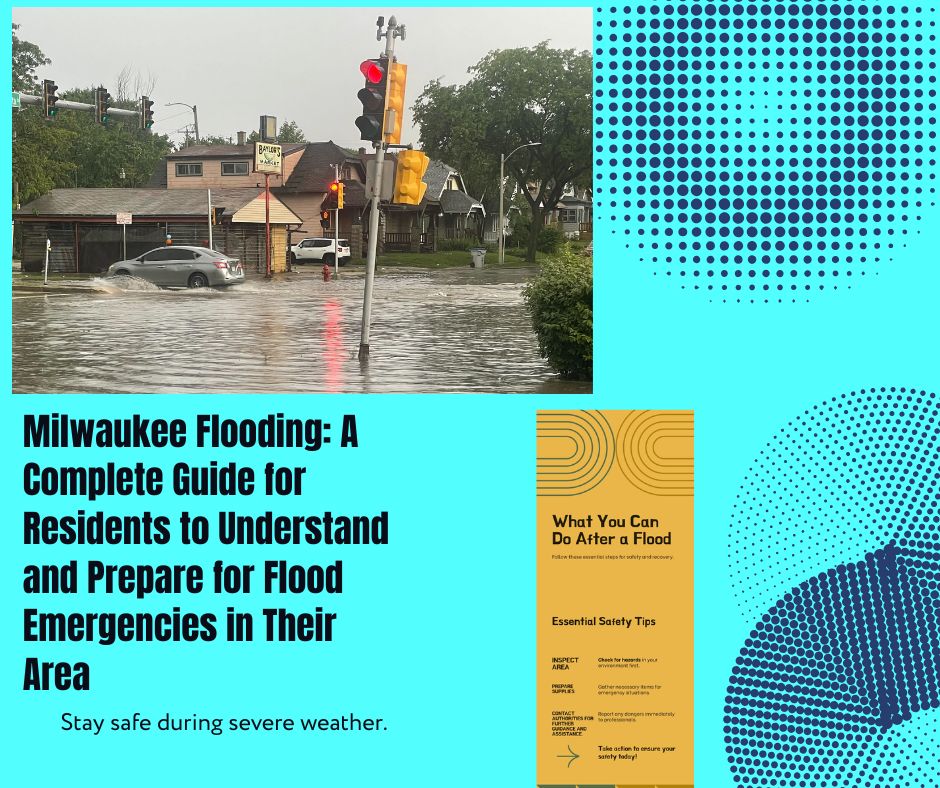
The early hours of August 10, 2025, brought a dramatic flash flood to Milwaukee. Much of Southeast Wisconsin was also affected. This historic deluge, with some areas receiving up to 13 inches of rain in a single night, overwhelmed the city’s infrastructure. It brought daily life to a grinding halt. The swiftness and severity of this storm remind us of Milwaukee’s vulnerability. It also shows the resilience of its community.
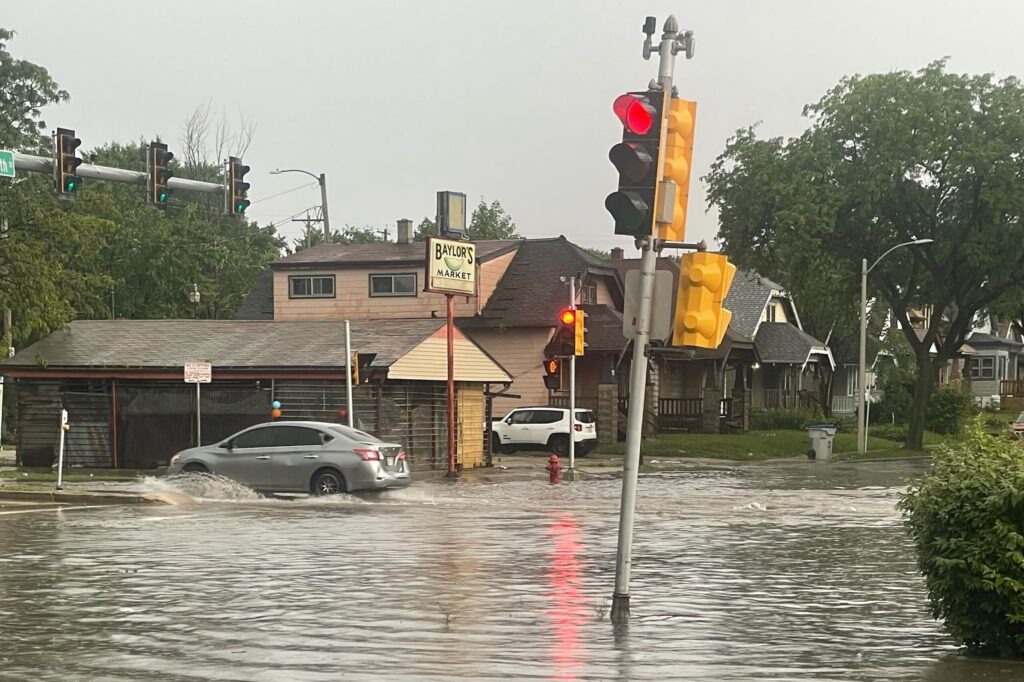
This comprehensive guide will provide an in-depth look at what just happened. It will also explain why the impact was so severe. Finally, it will tell you what every resident needs to know—from immediate safety measures to long-term strategies. Our goal is to help build a more flood-resilient community.
1. What Just Happened—and Why It Matters
Torrential rains fell across the region. They were staggering in their volume and intensity. The city of Milwaukee recorded an average of nearly 6 inches of rain. Meanwhile, some areas in the Milwaukee Metropolitan Sewerage District (MMSD) service area, such as near W. Florist Avenue, measured a staggering 13 inches. As a result, the National Weather Service (NWS) issued “life-threatening” flash flood warnings. These warnings covered multiple counties, including Milwaukee, Waukesha, Washington, and Ozaukee.
This unprecedented rainfall overwhelmed both natural and engineered systems. The Milwaukee River at Estabrook Park crested at a new record of 11.19 feet. Such extreme weather events are becoming more frequent. This particular flood, therefore, highlights a critical need for a proactive approach to urban flood management.
2. The Immediate Impact on Residents and Infrastructure
The flood’s effects were immediate and widespread. It caused significant disruption to transportation, public events, and essential services.
Transportation & Roads
Floodwaters submerged many major arteries. This crippled transportation and left countless drivers stranded. Sections of Interstates I-43, I-41, and I-94 were closed for much of the morning. Furthermore, on-ramps at the Stadium Interchange became impassable rivers. Key local roads, like Brewers Boulevard, were also closed.
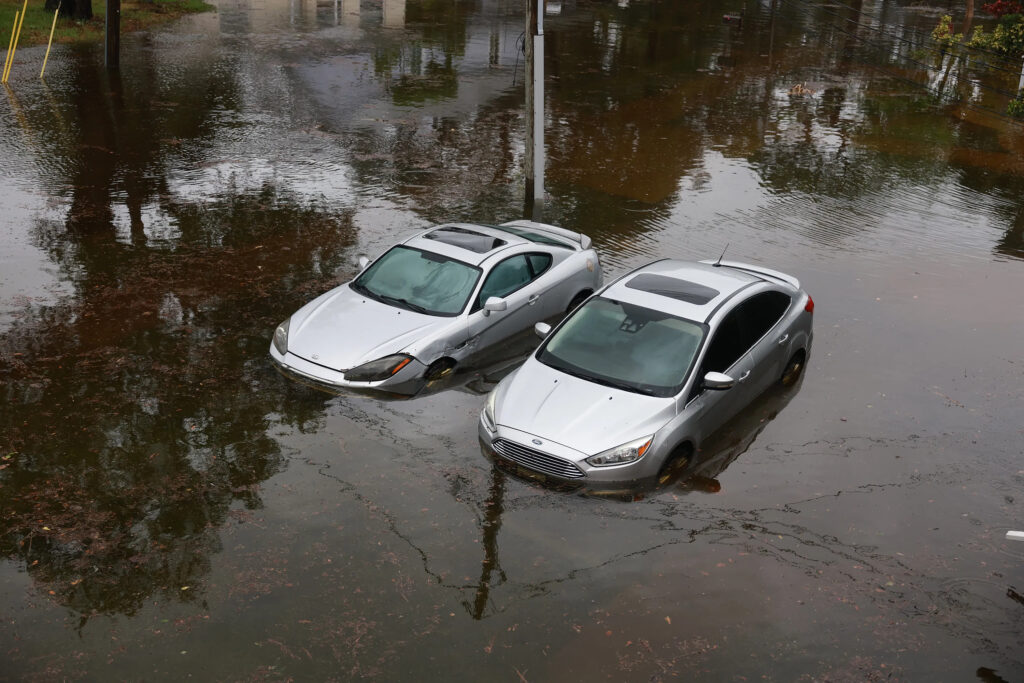
Airport and Community Events
Mitchell International Airport faced a significant crisis. Floodwaters covered nearly all runways, taxiways, and an underpass. This severely crippled flight operations and stranded travelers. In addition, the Wisconsin State Fair was directly impacted. It closed prematurely on Saturday evening. For instance, a main stage concert by Lynyrd Skynyrd was canceled. Images of floodwaters in the fairgrounds underscored the event’s severity. Finally, the USA Triathlon Nationals was also canceled due to unsafe conditions.
Emergency Response & Utilities
The city’s infrastructure was pushed to its limits. We Energies reported that over 38,000 customers lost power. This happened in the early hours of Sunday morning. The Milwaukee Deep Tunnel system, a crucial part of the city’s flood-control infrastructure, was tested to its maximum capacity. It held over 422 million gallons out of its 432 million-gallon limit. It almost caused a combined sewer overflow event.
3. Why This Flood Was So Severe
The storm’s intensity caused a lot of damage. But it was also a consequence of a complex interplay between the storm’s power and Milwaukee’s unique urban landscape and infrastructure.
Urban Geography and Impervious Surfaces
Milwaukee has a lot of impervious surfaces. These include concrete, asphalt, and rooftops. These surfaces prevent rainwater from being naturally absorbed into the ground. As a result, the immense volume of water had no place to go. It pooled on streets, overwhelmed storm drains, and flooded basements.
Infrastructure and the Combined Sewer System
A significant portion of Milwaukee uses a combined sewer system. Stormwater and wastewater travel through the same pipes. The Deep Tunnel system was built to mitigate combined sewer overflows (CSOs) during heavy rainfall. However, as the flood showed, even this immense system has its limits. When the tunnel’s capacity is reached, the system must discharge a mix of rainwater and untreated wastewater into local rivers and Lake Michigan. This poses a serious public health and environmental risk.
Vulnerable Communities and Disproportionate Impact
The flood’s impact was not felt equally across all neighborhoods. Research from Groundwork USA shows that nearly 39% of Milwaukee residents live in areas with high flood vulnerability. Many of these are historically marginalized neighborhoods. These communities often have less resilient infrastructure. They also have fewer resources to recover. This makes the consequences of such a storm particularly devastating for them.
4. What You Can Do: A Safety and Recovery Checklist
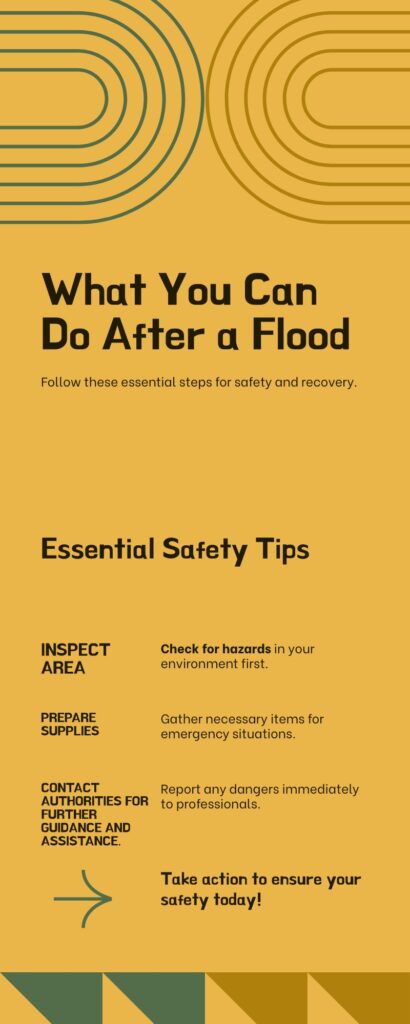
After a major flood, knowing how to respond safely is paramount.
Immediate Safety First
- “Turn Around, Don’t Drown”: This is the most critical advice from the National Weather Service. Never walk or drive through floodwaters. Just six inches of fast-moving water can knock you off your feet. A foot of water can sweep a vehicle off the road.
- Stay on Higher Ground: If flooding threatens your home, move to the highest possible ground. Follow instructions from emergency services.
- Avoid Downed Power Lines: Treat all downed power lines as live. Stay far away from them. The combination of water and electricity is extremely dangerous.
Protect Your Home and Belongings
- Document Damage: As soon as it is safe, start documenting the damage. Use your phone to take photos and videos of your home and belongings. Do this before you start any cleanup. This documentation is essential for filing an insurance claim.
- Prevent Further Damage: Elevate valuables and furniture off the floor. If you have a sump pump, make sure it is working.
- Clean Up Safely: Wear protective gear like gloves and boots. Floodwater may contain hazardous contaminants. Ventilate your home and take steps to prevent mold growth.
Stay Informed
- Rely on Official Sources: Get your information from reliable sources. These include the National Weather Service, the Milwaukee Fire Department, and local news outlets.
- Don’t Hang Up on 911: The Milwaukee Police Department urges residents not to hang up on emergency calls. Your call is important and will be addressed, even if there are delays.
5. Preparing for the Future: Building Long-Term Resilience
This flood is a wake-up call. However, it also offers a chance to focus on long-term solutions.
- Support Green Infrastructure: Consider solutions like rain barrels, green roofs, and permeable paving. These help absorb and slow stormwater runoff. This reduces the burden on the city’s sewer system.
- Advocate for Structural Changes: The MMSD is investing millions in watershed-based projects. Residents can advocate for these essential infrastructure improvements.
- Prioritize Equitable Planning: Work to ensure that flood-resilience planning is a priority in historically vulnerable neighborhoods. This will help reduce the disproportionate burden these areas face.
The flood of August 2025 was a stark reminder of Milwaukee’s vulnerability. It also showed the strength of its community. By staying informed and preparing for emergencies, residents can help build a safer future for all.
Hurricane Gil Eastern Pacific Tracker: Path, Strength, and What to Expect
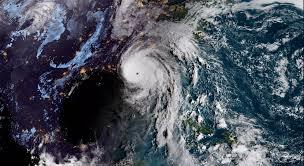
Fantastic Four Box Office: Marvel’s Reboot Marks a Strong Start Despite Steep Drop

Fontana, California Earthquake: What You Need to Know
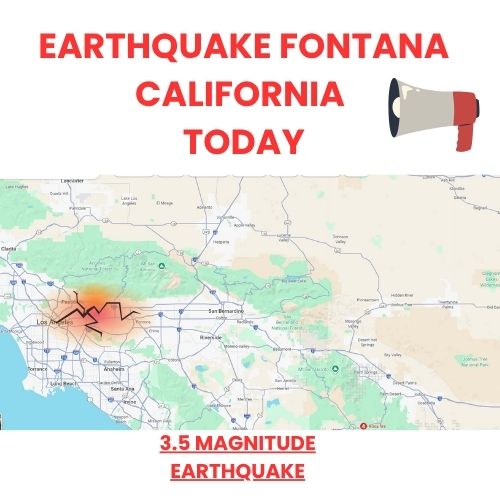
You Can Read More Such Articles :
Hurricane Gil 2025 , Fantastic Four Box Office , Hurricane Gil , Labubu Big Into Energy Secret , Dale Gribble , King Of The Hill Dale , Lake Piru California , Global Citizen Fest Tickets , NBA Summer League Las Vegas Tickets , Quotes for Snowfall 2025 , Farmers Almanac Winter Forecast for 2025–2026 , Hurricane Erin 2025 Tracker , Milwaukee Flooding , Times Square Shooting , Fortnite New Season

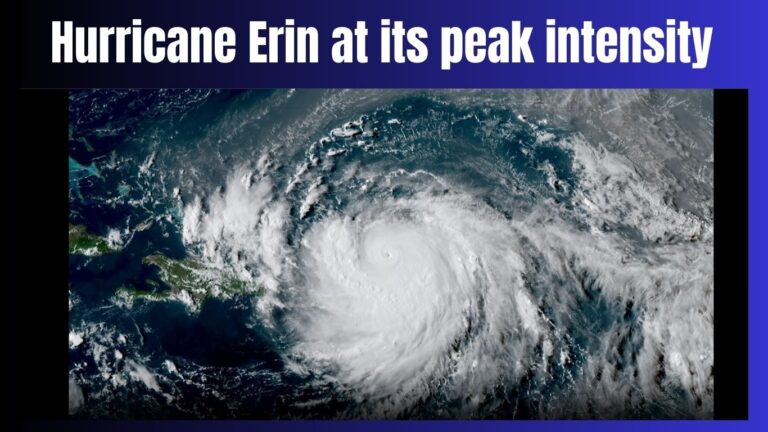
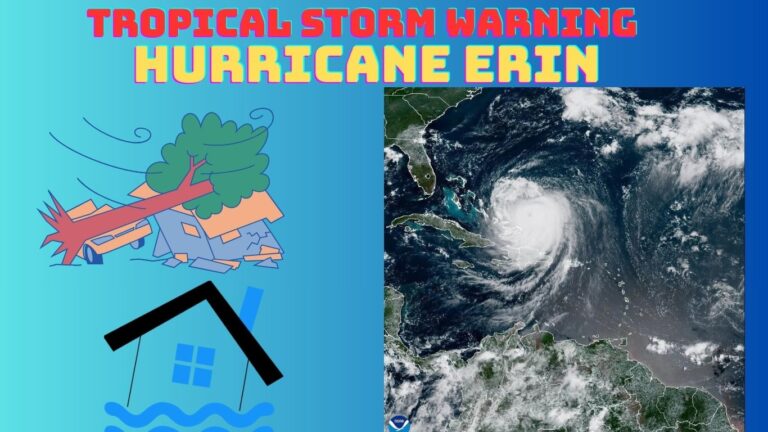
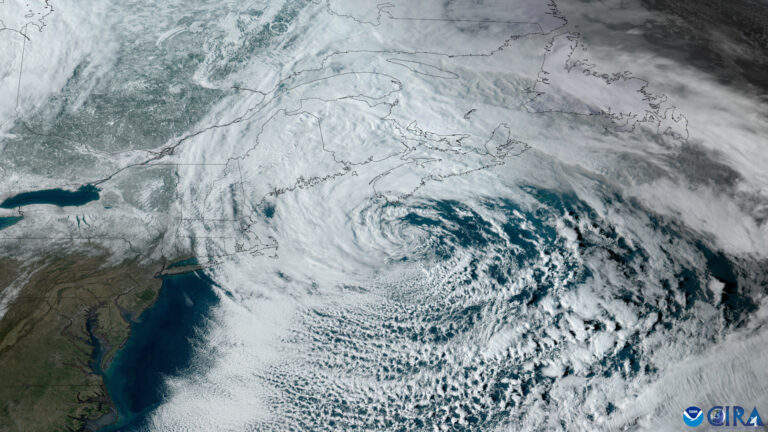



4 thoughts on “Milwaukee Flooding: A Complete Guide for Residents”